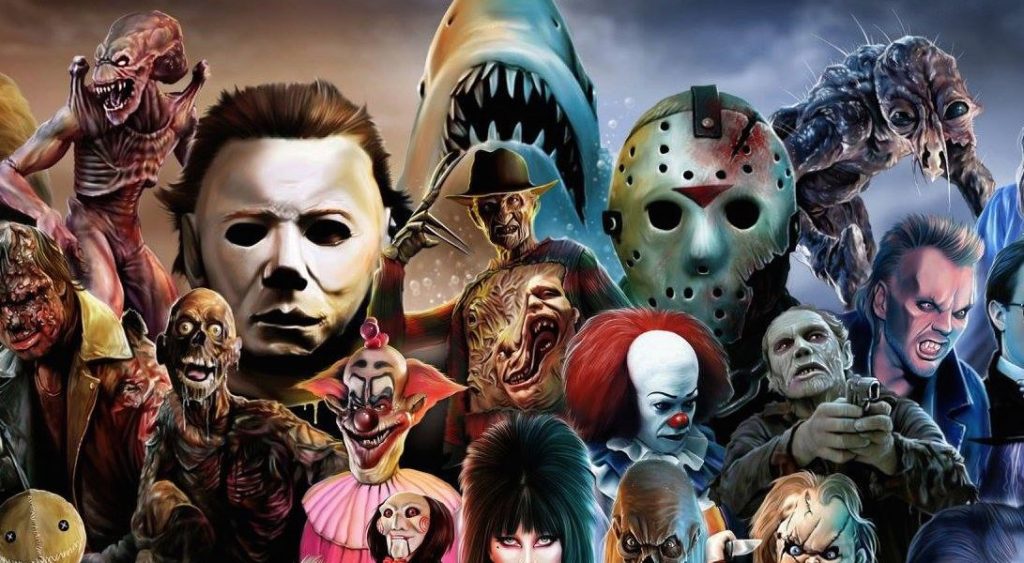Horror Film Resurgence: Why the Comeback? – The Ry Perspective
Horror Film Resurgence: Why the Comeback?
The movie going experience is defined by many things. From the thrilling moments of action, the dire straits of drama to the hilarious antics of comedy, you always have an invoking wealth of emotions. One of the greatest things to see in the last few years is the resurgence of the Horror genre. For a short time, it was dominated by throw away films that used the concept of ‘torcher porn’ to create scares. The film that start this craze was Saw. Even though it helped the film standout, the concept wasn’t the main element that made it enjoyable. The characters, writing and twist combined with the gore made the film a complete experience. Even so, this concept took over the genre and drove it on a downward spiral of predictable deaths, unrelenting gore and generic tactics of jump scares, idiotic characters and thinly developed plot points. This eventually took Horror away from its most important trait, to scare the hell out of the audience. For me, watching the repetition, clichés and obvious tropes made me weary these films. There had to be a change somewhere to bring this genre back to its iconic status so it could produce classics like Nightmare on Elm Street, Poltergeist and The Exorcist. That change began with the release of Insidious in 2010. The endearing elements that it brought to the genre gave way to a string of critically and commercially successful films:
The Cabin in the Woods (2011) – 66.4 Million / 92% Rating
Sinister (2012) – 77.7 Million / 64 % Rating
The Conjuring (2013) – 319.4 million / 86 % Rating
(Numbers reported by Box Office Mojo and Rotten Tomatoes)
With high dollar returns and positive reviews, it made me think about the driving force between all these new Horror films. What made audiences and critics start to appreciate this genre again? Well, I believe there are three changes that happen to create an experience that made you fear for your lives like before:
Atmospheric Generated Tension – By creating stories that were enrapturing through environments and mood, it allowed the directors to use the surroundings as a building block for the characters to struggle to survive. By allowing an organic flow of ambience, subtlety with characterized terror, it created that perfect moment where you didn’t know what to expect next. Two films that used this to a high degree are The Witch and Don’t Breathe.
Blending of Genres – Horror is a niche, so if you don’t find ways to bring out that feeling of fright, it just becomes a predictable scare. By blending other genres (ex. Psychological Thriller, Social Commentary), it allows for a raw reflection of being closer to the fear. The blending of other genre elements allowed for directors to brings you in, feel close to the characters and keep you on the edge of your seat. Two films that were successful with this are Split and Get Out.
A Well Written Script – The one thing that doomed the genre for a long time was the idea that if you threw enough blood on the screen, it would generate that high impact of screams. By not giving context to the actual elements of vile, it made the journey through each act bland. With an ability to write scenes, dialogue and deeply moving characters, all the elements of fright, anxiety and dread can be heightened to an entertaining degree. Two films that took this and became sensations are A Quiet Place and IT.
Because of these three changes, it made watching Horror films a rejuvenated experience. With high concepts delivered through true creative bliss, going to theaters to be scared never felt so good. Going to see the next Horror film has turned from a mind-numbing experience, to that true fear I got when I watched Poltergeist for the first time. It will be, another Horror Classic.
